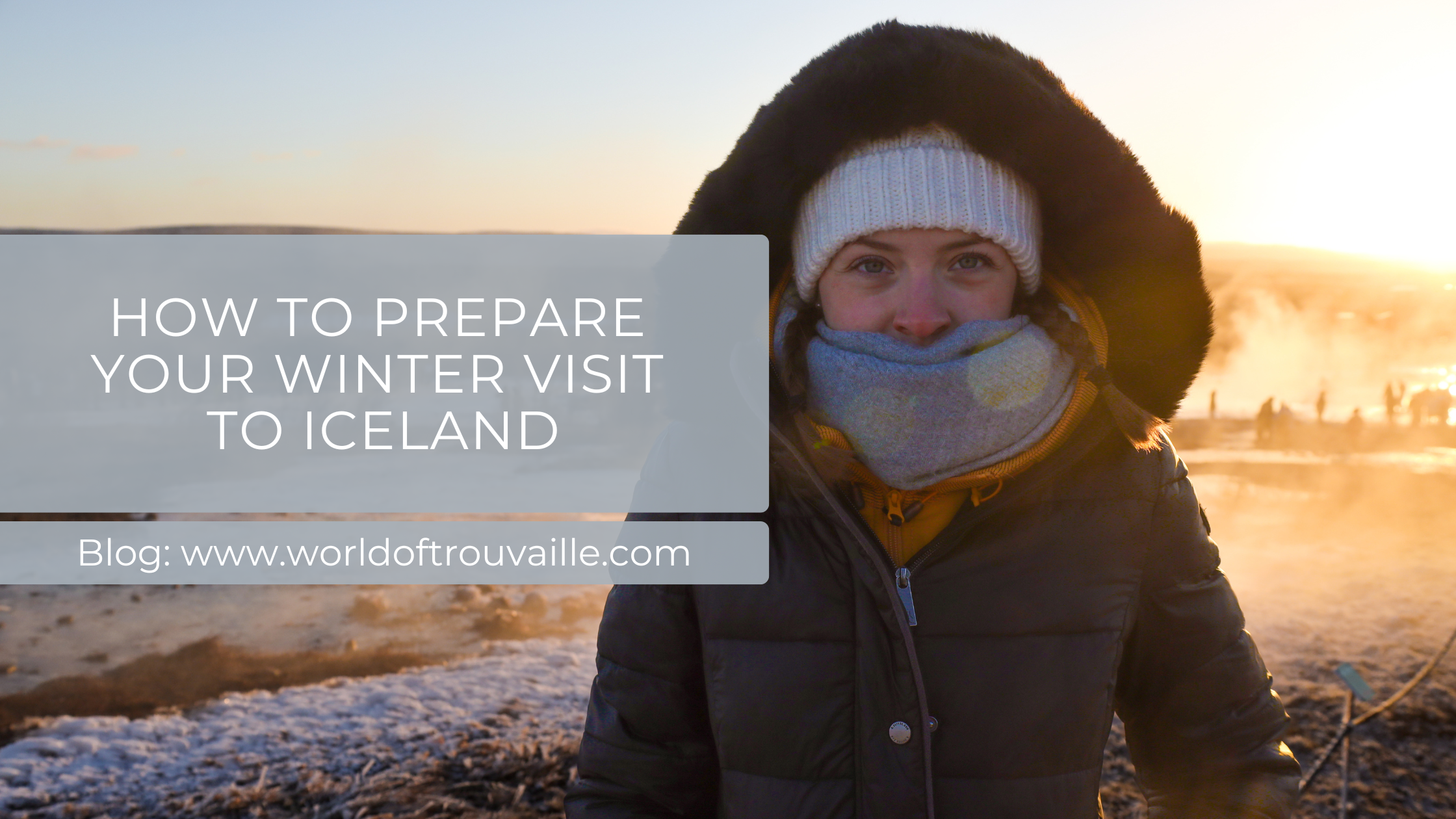
How To Prepare Your (Winter) Visit To Iceland
Iceland in Winter is black and white. But it is also pink, violet, green, light blue, yellow, orange and red – or in a nutshell: Iceland in Winter offers all the colors of the rainbow!
Most of the “Iceland in Winter” pictures give the impression, that the landscape turns into a “Black and White” photography – without a need to apply any filters. Sure, the days are short, but as soon as the sun rises above the horizon, you have an “all day long” sunrise/sunset atmosphere including all the colors.
Exploring Iceland in winter means experiencing raw and rough nature, adventures and being prepared for the unexpected. The blogposts of the “Winter in Iceland”-series will prepare you for your winter-adventure to Iceland and provide inspiration on what to do in Iceland in winter.
Iceland in Winter – Forword
When visiting Iceland in winter the most important rule is: do not “over plan” your journey. Be flexible and adjust your plans according to the weather and road conditions.
We also experienced one day of heavy storm, which forced us to stay at our Airbnb. Be prepared, that this can happen anytime and read my further advises on how to stay-up-to-date regarding road and weather conditions.
Winter in Iceland is wonderful – and at the same time – unpredictable. When visiting Iceland in Winter, you should consider the weather before actually going there. When planning a roadtrip and several stops around the island – be aware, that roads might get blocked spontaneously based on the weather and road conditions. This would also mean, that you might not be able to reach your destination.
Therefore, I do not really suggest to have fixed itinerary planned down to every detailed. Be flexible and adjust your plans, whenever needed.
This also includes to plan your accommodations accordingly. We decided for two Airbnb’s in the south-western part of Iceland and we did day trips starting from there.
The longest distance, which we travelled in one day was about 600km of driving from Selfoss to the Diamond Beach. Before we did this, we observed the weather and checked the road conditions. Be aware that roads can be closed due to severe weather conditions at any time and without warning. If roads are closed, you should not drive them as it is too dangerous and you will lose your insurance.
As most of Iceland is still below the arctic circle, you will still experience the sun rising. Nevertheless, the days are very short and you usually only have around four to five hours of sunlight.
You can utilize the darkness in winter as driving time and plan to be at your destination as soon as sun rises. By this, you make the most out of your days. And: as the sun only rises barely over the horizon, the light is just perfect for photography and it feels like a never-ending sunrise and sunset.
The sun rises around 11/11.30 a.m. and sets around 3.30/4 p.m. in the afternoon.
In winter it is almost a must to get 4×4 car. Sure, you can also get a “normal” car, but let’s be honest: with the road conditions, it for sure makes sense to add some extra safety to your travels.
In summer – as also in winter – you will find several roads across Iceland, which are only passable for 4×4 vehicles (so called: “gravel roads) and it is even forbidden to drive them with another car.
Most of those roads can be found on the highlands. The roads to the highlands are closed in winter due to the severe weather conditions, but also the “normal” roads such as the ring road can be affected by ice and floods. Therefore, I recommend to rent a 4×4 for your trip to Iceland, even though you can’t visit the highlands. It’s the safest option to get around, when driving on your own.
Iceland is one of the most expensive country to travel to in the whole world. You can easily save some money by staying in an Airbnb or Hostel with a kitchen. By this you save money for restaurants, which will definitely add up to your budget, if eating out. We had good equipped kitchen and were able to cook for ourselves. Nevertheless, we ate out two times and it cost us around 50€-60€ each time for two main dishes and two (non-alcoholic) drinks.
We stayed at this Airbnb at Hella, which was a little bit secluded and you even had a good chance to see the northern lights.
At Reykjavik we stayed at the “Townhouse Hotel”. The rooms have a small pantry kitchen with an oven, a stove, a toaster and even a French press for freshly-brewed coffee.
We can recommend both accommodations.
I would recommend to not only check your “usual” weather apps. They might be good for your home country, but for Iceland they might be to unprecise. I would recommend you to use following Apps/Websites, when visiting Iceland:
- SAFETRAVEL.IS – We checked this website several times during the day to make sure, that the weather is not changing and roads are not closed. You will information about weather and weather warnings on this website. The best about it: you get it for each region of Iceland (e.g. South Iceland, South-East Iceland etc.) in a very detailed way. Furthermore, this website always has the latest information about the road conditions or any road closures. On this website you can also subscribe for a service, which will send any weather-related alerts directly to your smartphone. This service is free and I would highly recommend to use it in order to stay up-to-date.
- ROAD.IS – Another website, which provides information about the road conditions and closures. The website is updated about every 10-15 Minutes and road conditions can be checked for each region separately.
- VENDUR.IS – The website of the Icelandic meteorological office. It offers detailed information about the weather (wind, ice, snow etc.) as well as for the northern lights forecast.
- Hello Aurora: forecast App – This App (which can be downloaded via the App stores on your mobile phone) was developed especially for the Aurora Forecast in Iceland. The Application tells you when and where to find the Northern Lights and even provides the possibility to upload pictures with a location tag. The pictures are shared with the app-community and you can directly see, what to expect at the Aurora Borealis locations.
Read this blog article, if you want to know more about how to increase your chances to actually see the northern lights.

